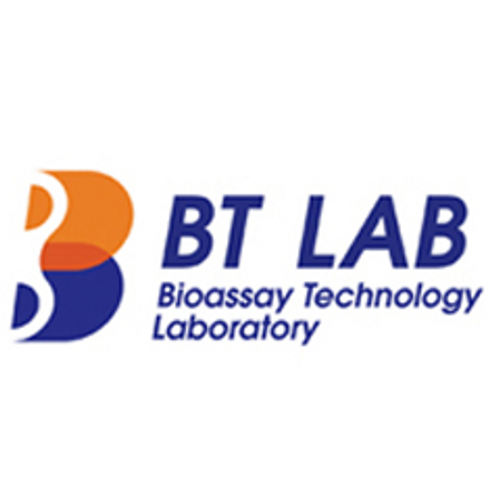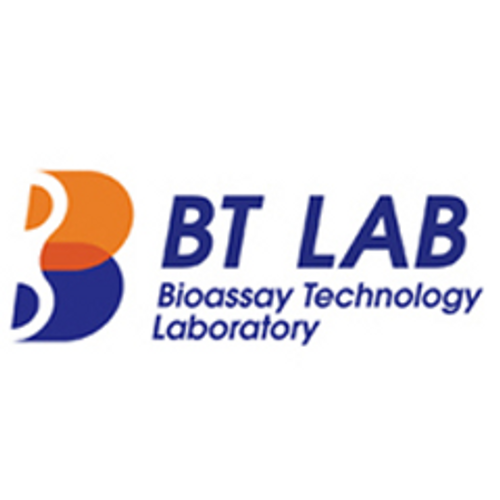Product Description
Rat Protein kinase C (PKC) ELISA Kit | AE25978RA | Abebio
Species Reactivity: Rat (Rattus norvegicus)
Abbreviation: PRKCA
Alternative Name: AAG6; MGC129900; MGC129901; PKC-alpha; PKCA; PRKACA; aging-associated gene 6|protein kinase C alpha type
Application: ELISA
Range: 15.6-1000 pg/mL
Sensitivity: 3.9 pg/mL
Intra-Assay: ≤5.1%
Inter-Assay: ≤7.6%
Recovery: 0, 96
Sample Type: Serum, Plasma, Other biological fluids
Detection Method: Sandwich
Analysis Method : Quantitive
Test Principale: This assay employs a two-site sandwich ELISA to quantitate PRKCA in samples. An antibody specific for PRKCA has been pre-coated onto a microplate. Standards and samples are pipetted into the wells and anyPRKCA present is bound by the immobilized antibody. After removing any unbound substances, a biotin-conjugated antibody specific for PRKCA is added to the wells. After washing, Streptavidin conjugated Horseradish Peroxidase (HRP) is added to the wells. Following a wash to remove any unbound avidin-enzyme reagent, a substrate solution is added to the wells and color develops in proportion to the amount of PRKCA bound in the initial step. The color development is stopped and the intensity of the color is measured.
Product Overview: Protein kinase C, commonly abbreviated to PKC (EC 2.7.11.13), is a family of protein kinase enzymes that are involved in controlling the function of other proteins through the phosphorylation of hydroxyl groups of serine and threonine amino acid residues on these proteins, or a member of this family. PKC enzymes in turn are activated by signals such as increases in the concentration of diacylglycerol (DAG) or calcium ions (Ca2+) .Hence PKC enzymes play important roles in several signal transduction cascades. The PKC family consists of fifteen isozymes in humans. They are divided into three subfamilies, based on their second messenger requirements: conventional (or classical), novel, and atypical.Conventional (c) PKCs contain the isoforms α, βI, βII, and γ. These require Ca2+, DAG, and a phospholipid such as phosphatidylserine for activation. Novel (n) PKCs include the δ, ε, η, and θ isoforms, and require DAG, but do not require Ca2+ for activation. Thus, conventional and novel PKCs are activated through the same signal transduction pathway as phospholipase C. On the other hand, atypical (a) PKCs (including protein kinase Mζ and ι / λ isoforms) require neither Ca2+ nor diacylglycerol for activation. The term "protein kinase C" usually refers to the entire family of isoforms.
Stability: The stability of ELISA kit is determined by the loss rate of activity. The loss rate of this kit is less than 5% within the expiration date under appropriate storage condition. The loss rate was determined by accelerated thermal degradation test. Keep the kit at 37°C for 4 and 7 days, and compare O.D.values of the kit kept at 37°C with that of at recommended temperature. (referring from China Biological Products Standard, which was calculated by the Arrhenius equation. For ELISA kit, 4 days storage at 37°C can be considered as 6 months at 2 - 8°C, which means 7 days at 37°C equaling 12 months at 2 - 8°C) .
 Euro
Euro
 USD
USD
 British Pound
British Pound
 NULL
NULL








